Inverter
Communication protocol setup for Jakiper-Pylontech batteries
Communication Protocol Setup for Jakiper/Pylontech Batteries
In the world of renewable energy and energy storage systems, communication protocols play a critical role in ensuring seamless integration and efficient operation of components like inverters, batteries, and other devices. For Jakiper and Pylontech batteries, setting up the correct communication protocol is essential for optimizing performance, monitoring system health, and ensuring compatibility with other devices in your energy storage setup.
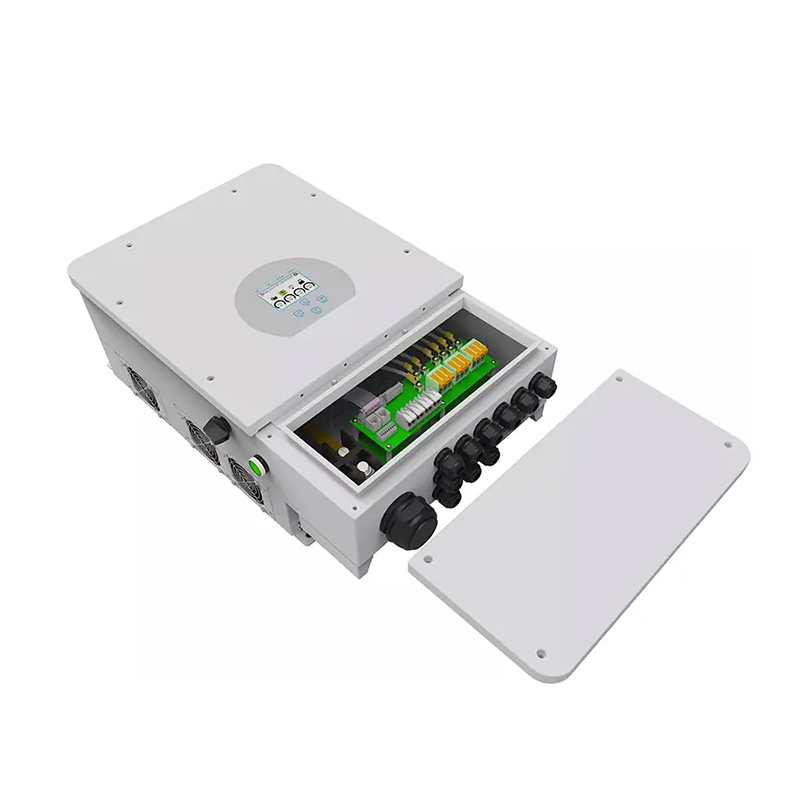
This article will guide you through the process of setting up communication protocols for Jakiper and Pylontech batteries, highlighting key considerations, common protocols used, and best practices for ensuring smooth integration.
Understanding Communication Protocols
A communication protocol is a set of rules that governs the transmission of data between devices. In the context of energy storage systems, communication protocols enable devices like inverters, batteries, and monitoring systems to “talk” to each other, exchange information, and coordinate their operations.
For Jakiper and Pylontech batteries, communication protocols are used for:
Monitoring Battery Status: Collecting real-time data such as battery voltage, state of charge (SOC), state of health (SOH), and temperature. Remote Control: Sending commands to the battery to charge or discharge, or to adjust operating parameters. Integration with Other Devices: Ensuring compatibility with inverters, charge controllers, and energy management systems.Common communication protocols used in renewable energy systems include:
Modbus: A widely used protocol for industrial automation and building automation. It is also commonly used in renewable energy systems for communication between devices. CAN (Controller Area Network): A protocol often used in automotive and industrial applications, including energy storage systems. RS-485: A serial communication protocol that is popular for its long-distance capabilities and suitability for industrial environments. MQTT (Message Queuing Telemetry Transport): A lightweight protocol designed for use in low-bandwidth, high-latency environments, such as IoT applications.Jakiper and Pylontech batteries are known for their support of multiple communication protocols, making them highly versatile and compatible with a wide range of systems.
Key Considerations for Communication Protocol Setup
Before setting up a communication protocol for your Jakiper or Pylontech battery, there are several factors to consider:
System Compatibility: Ensure that the communication protocol you choose is supported by both the battery and the other devices in your system (e.g., inverter, charge controller, or energy management system). Cabling and Wiring: Proper wiring is essential for reliable communication. Use the correct cables and connectors for the protocol you are using. For example, RS-485 requires twisted-pair cables to minimize signal degradation over long distances. Firmware and Software: Ensure that the firmware on your battery and other devices is up to date. Outdated firmware may cause compatibility issues or limit the functionality of the communication protocol. Configuration: Proper configuration is critical. This includes setting the correct baud rate, parity settings, and other parameters that may be specific to the protocol and devices you are using.Step-by-Step Guide to Setting Up Communication Protocols
1. Identify the Protocol
The first step is to determine which communication protocol you will use. This depends on the capabilities of your battery and the requirements of your system. For example:
If you are using a Modbus-compatible inverter, you may want to use Modbus to communicate with your Jakiper or Pylontech battery. If your system relies on CAN-based communication, ensure that your battery supports CAN.2. Check Documentation
Refer to the user manuals and technical specifications for your Jakiper or Pylontech battery and other devices. These documents will provide detailed information about supported communication protocols, wiring requirements, and configuration settings.
3. Install Necessary Software
If you are using a monitoring or control system, install the appropriate software that supports the communication protocol you have chosen. For example, many inverters and energy management systems come with software that can communicate via Modbus or CAN.
4. Configure the Battery
Access the battery’s settings (usually via a serial connection or through the inverter’s interface) and configure the communication protocol. This may involve setting the baud rate, parity, and other parameters. For example:
Modbus Settings: Baud rate is typically 9600, with 8 data bits, no parity, and 1 stop bit (9600-8-N-1). CAN Settings: CAN baud rates are often set to 125 Kbps or 250 Kbps, depending on the system.5. Test the Connection
Once the protocol is configured, test the connection to ensure that data is being transmitted correctly. You can use a terminal program (e.g., Modbus Poll for Modbus) or the software provided by your inverter or monitoring system to check the battery’s status and parameters.
6. Troubleshooting
If the communication protocol setup is not working as expected, check the following:
Cabling: Ensure that the cables are properly connected and that the wiring is correct. Settings: Verify that the baud rate, parity, and other settings are consistent across all devices. Firmware: Ensure that all devices have the latest firmware versions. Documentation: If issues persist, consult the user manuals or contact technical support.Benefits of Proper Communication Protocol Setup
Setting up the correct communication protocol for your Jakiper or Pylontech battery offers several benefits:
Enhanced Monitoring: Real-time data collection allows you to monitor the battery’s performance and health, enabling proactive maintenance and troubleshooting. Improved System Efficiency: Proper communication ensures that the battery operates in harmony with other components, optimizing energy flow and system performance. Scalability: A well-configured communication protocol makes it easier to expand your system in the future, adding more batteries or devices as needed.Communication protocol setup is a crucial step in integrating Jakiper and Pylontech batteries into your energy storage system. By understanding the available protocols, following proper configuration steps, and ensuring compatibility, you can achieve seamless communication and optimal performance. Always refer to the manufacturer’s documentation and seek professional assistance if needed to ensure a successful setup.
By taking the time to properly configure the communication protocol for your batteries, you can enjoy a reliable, efficient, and scalable energy storage system that meets your needs for years to come.

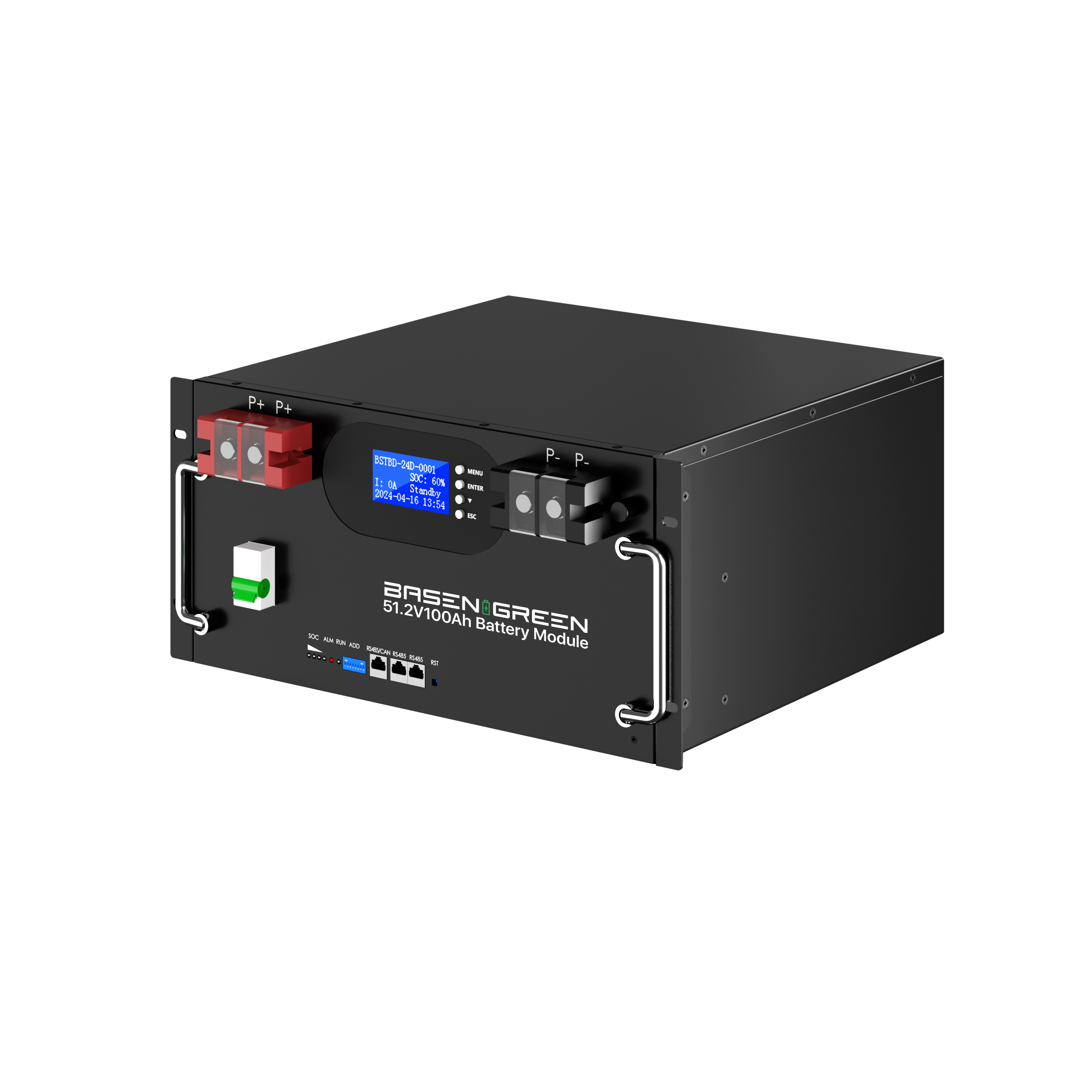

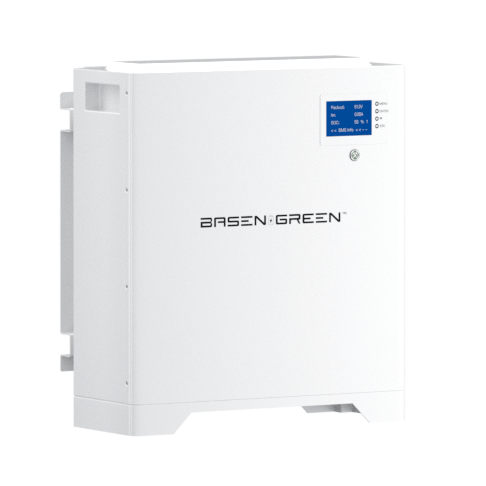
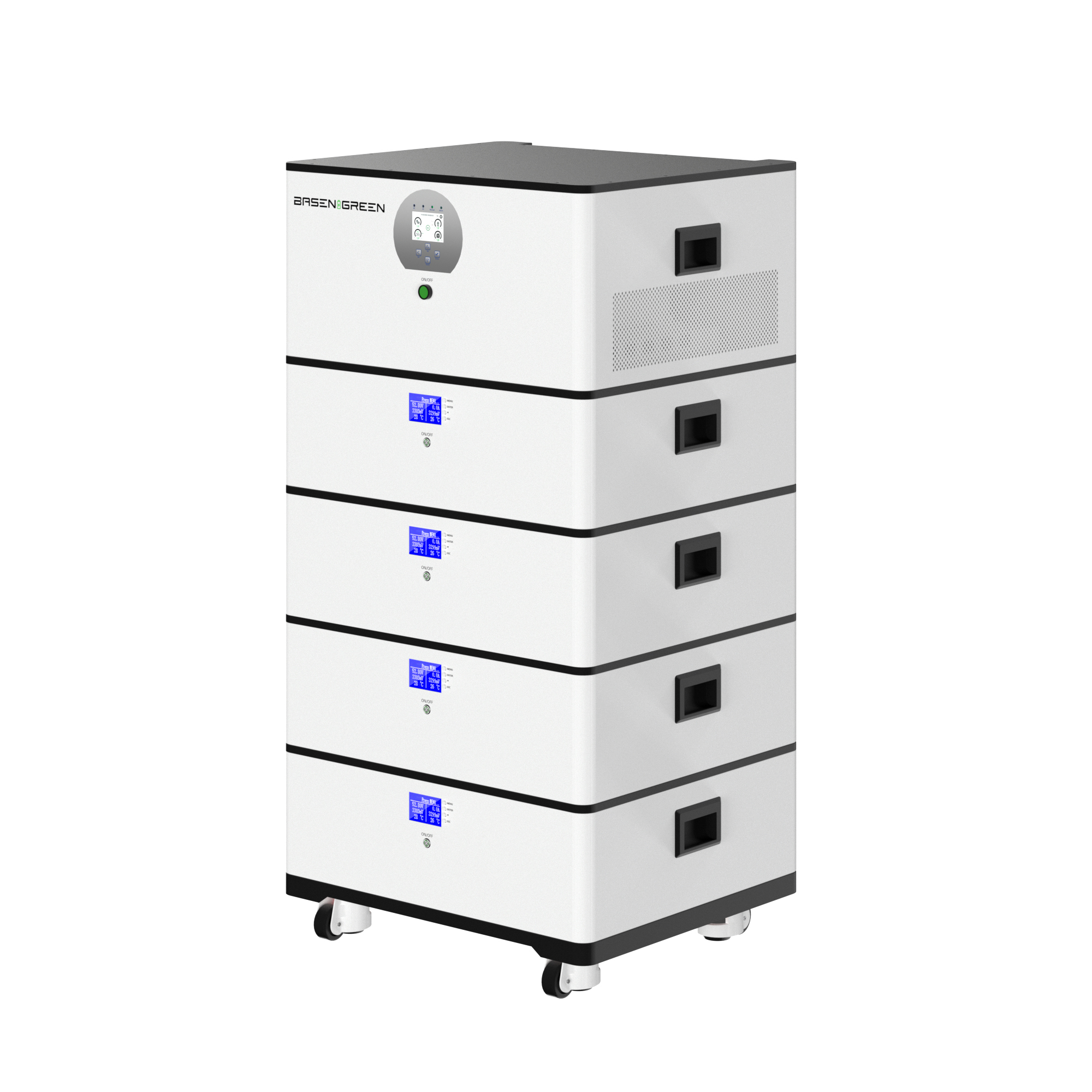

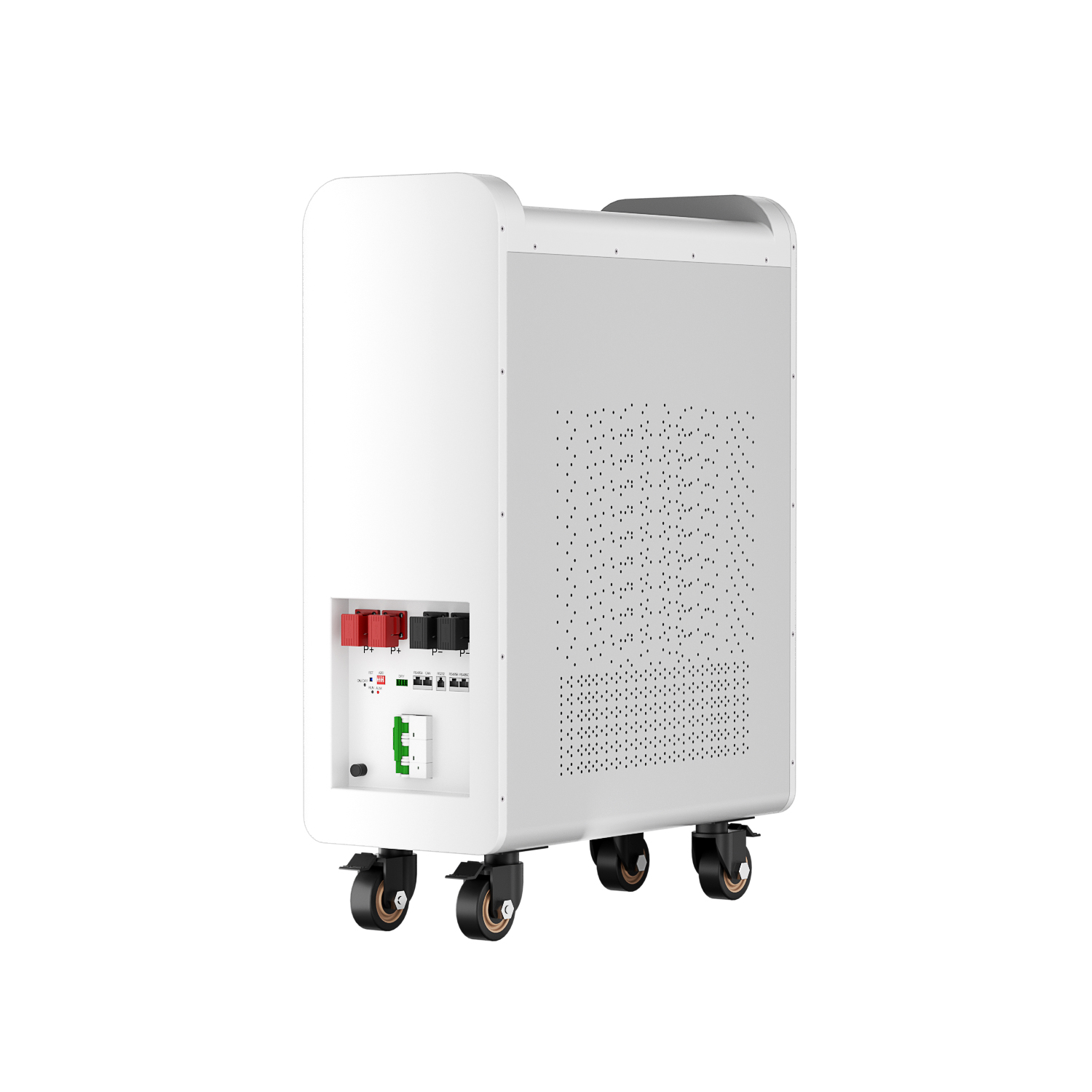
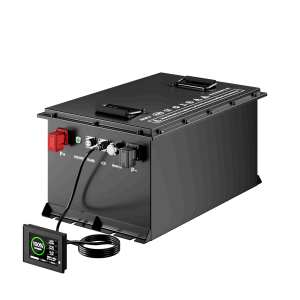
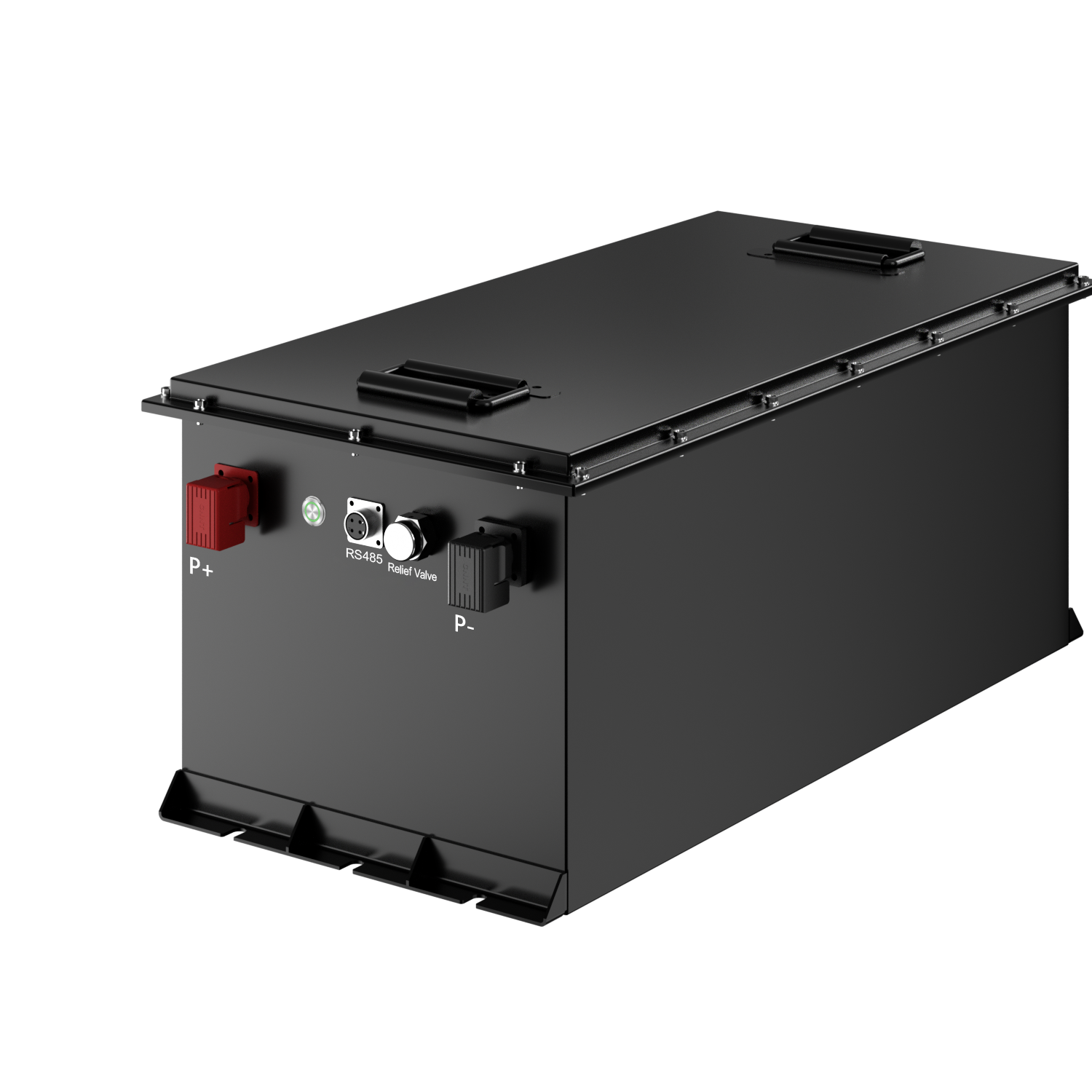
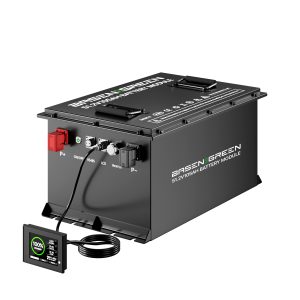
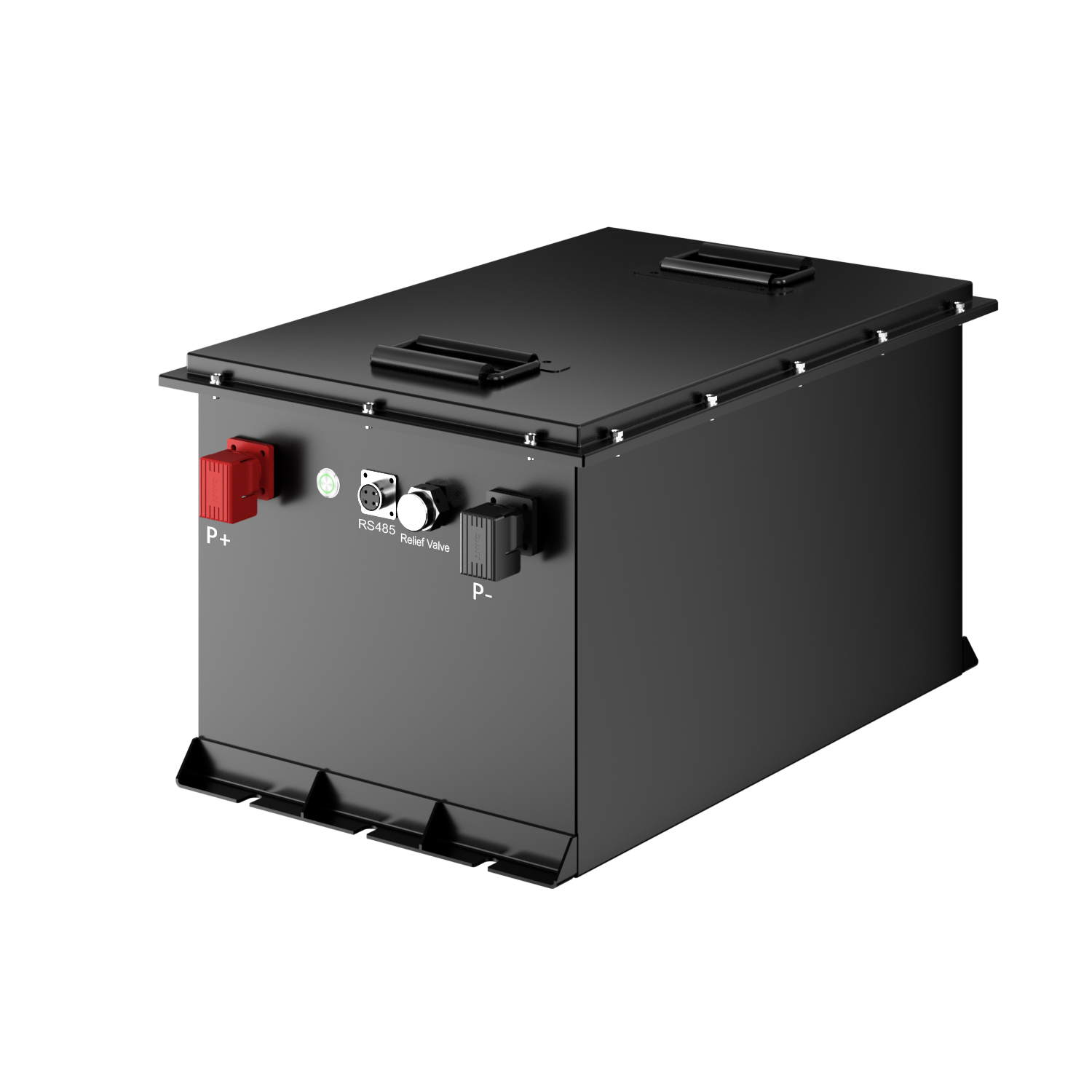
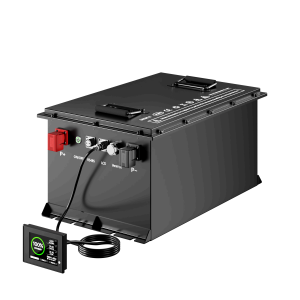
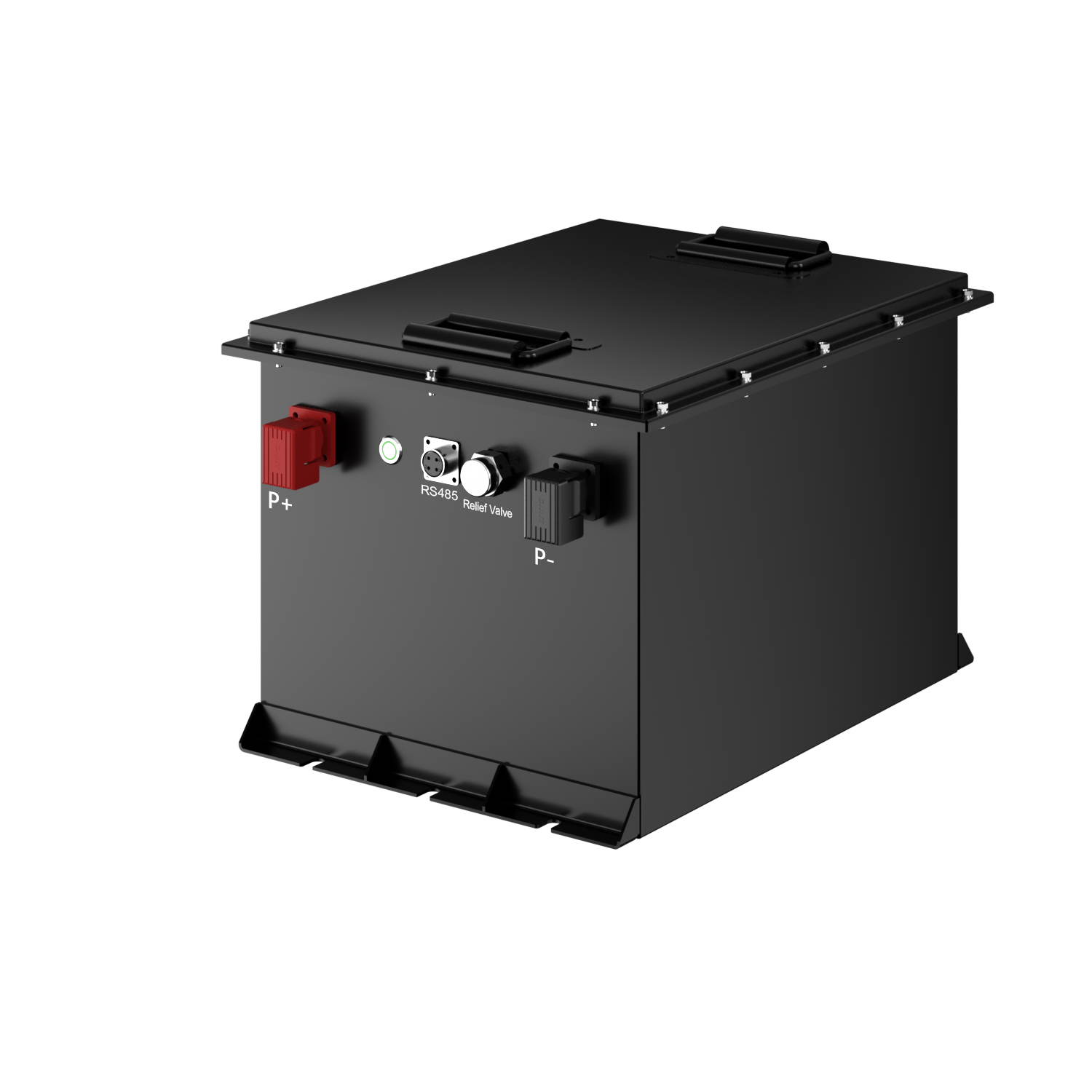


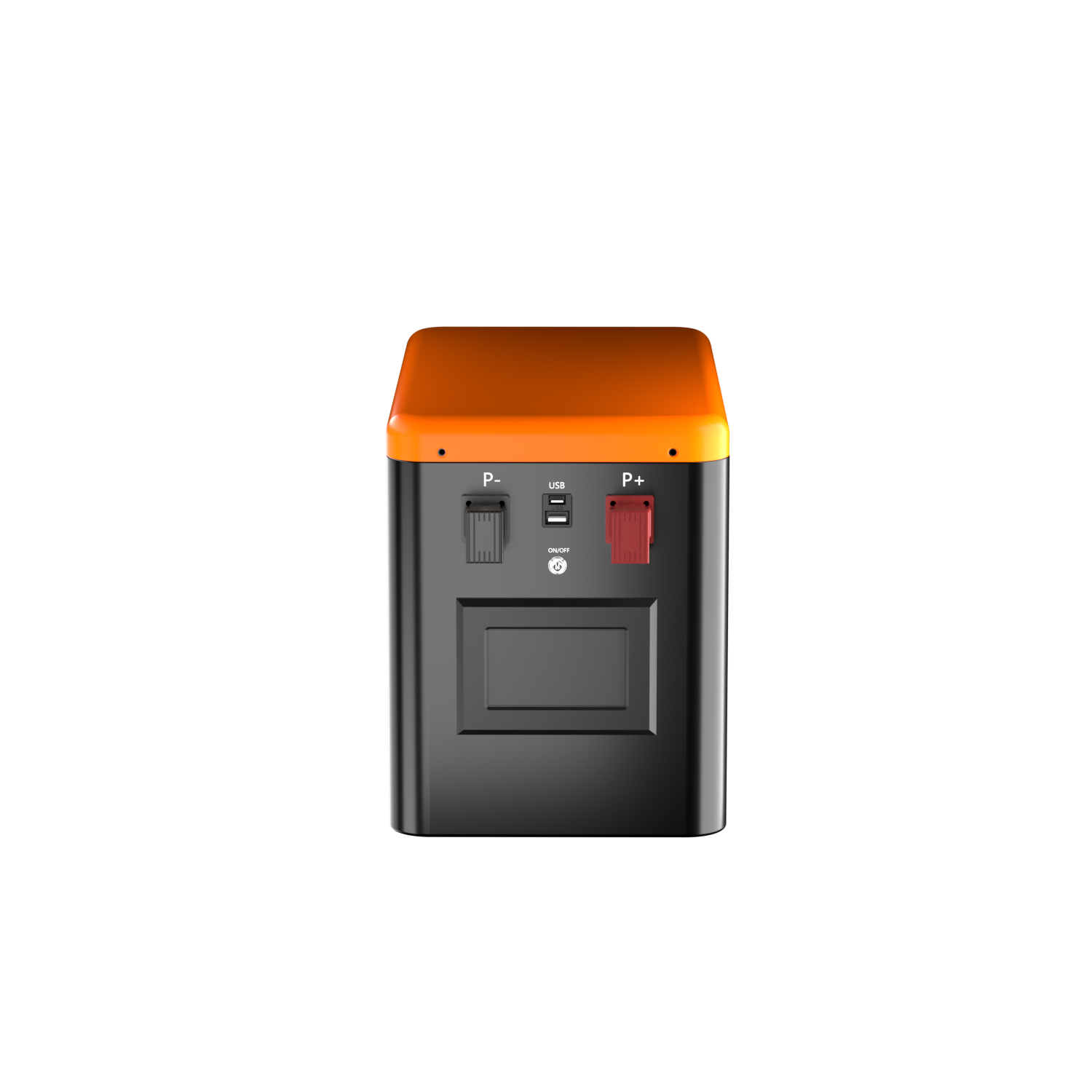
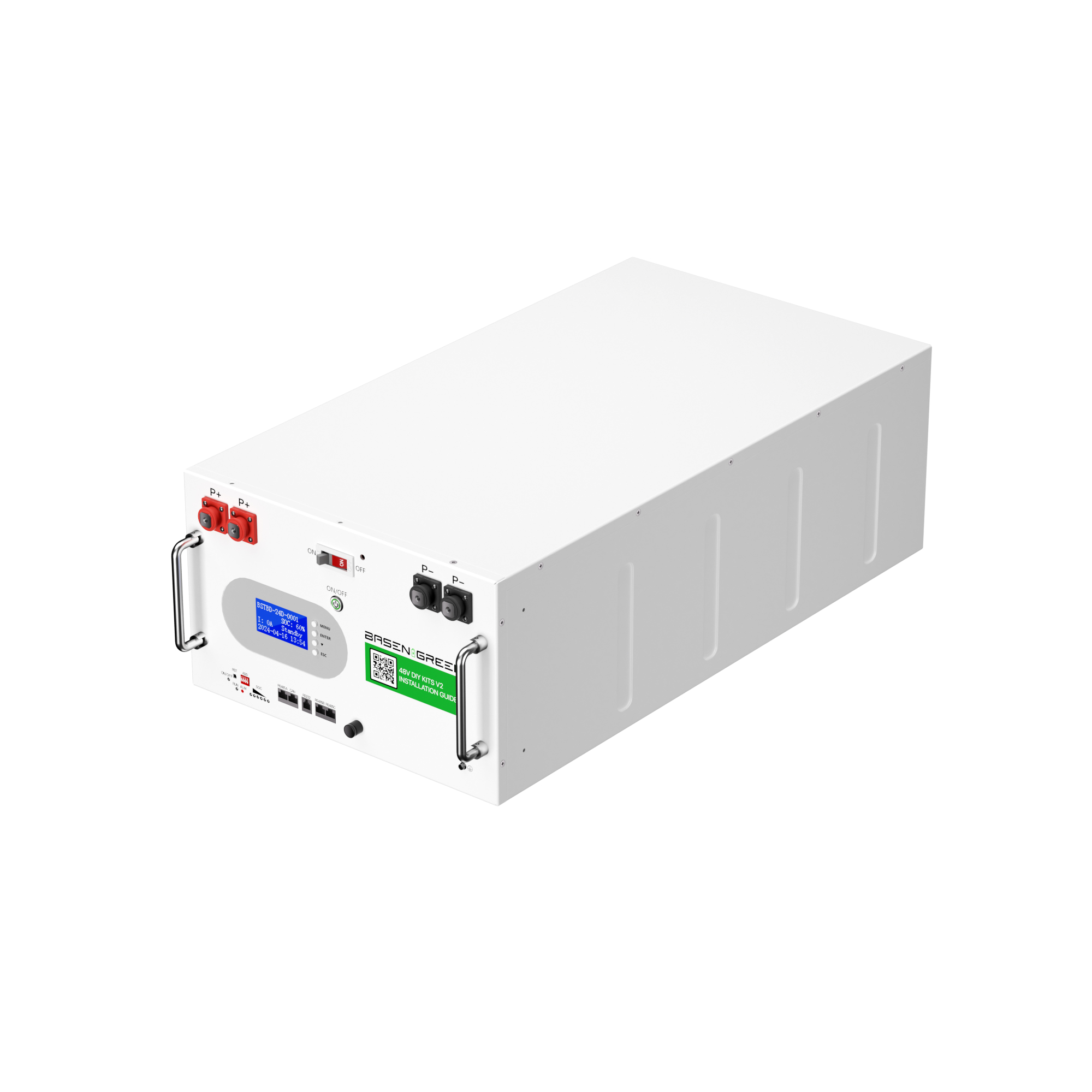
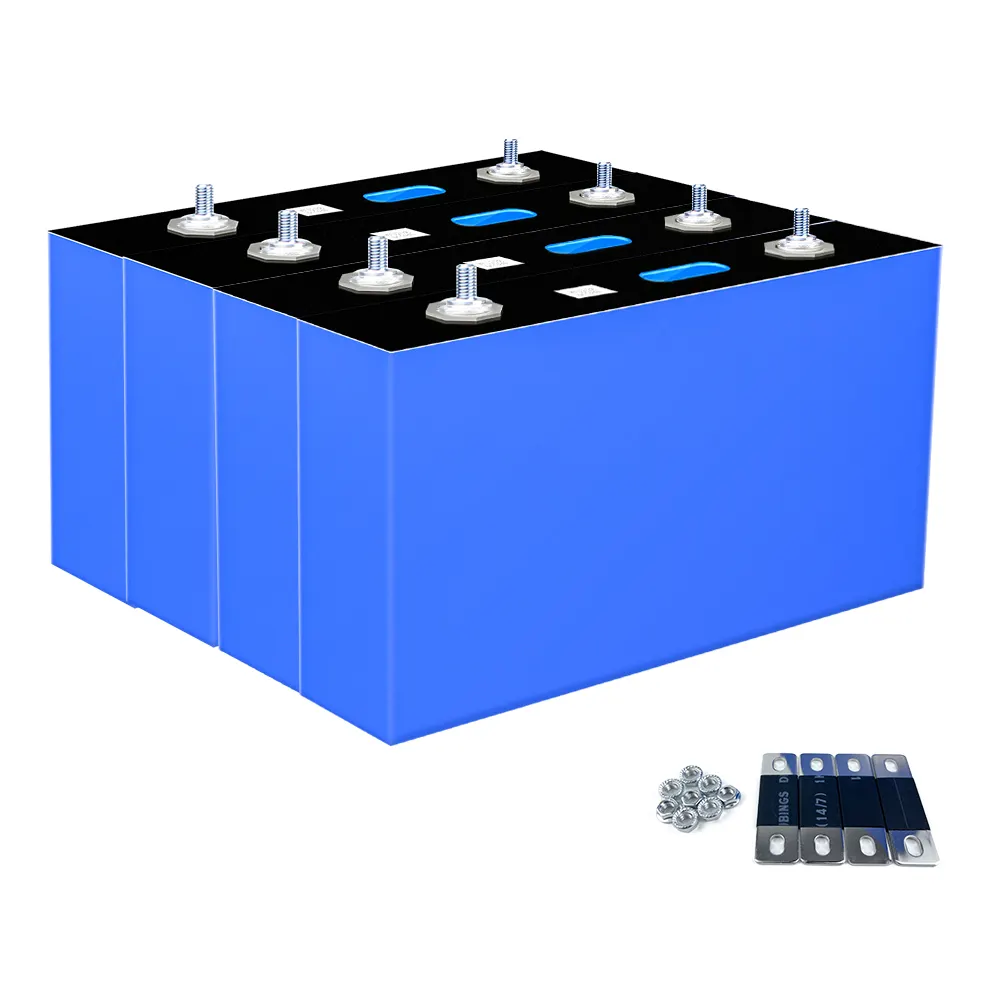
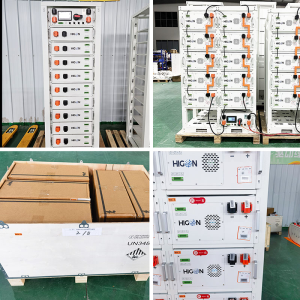
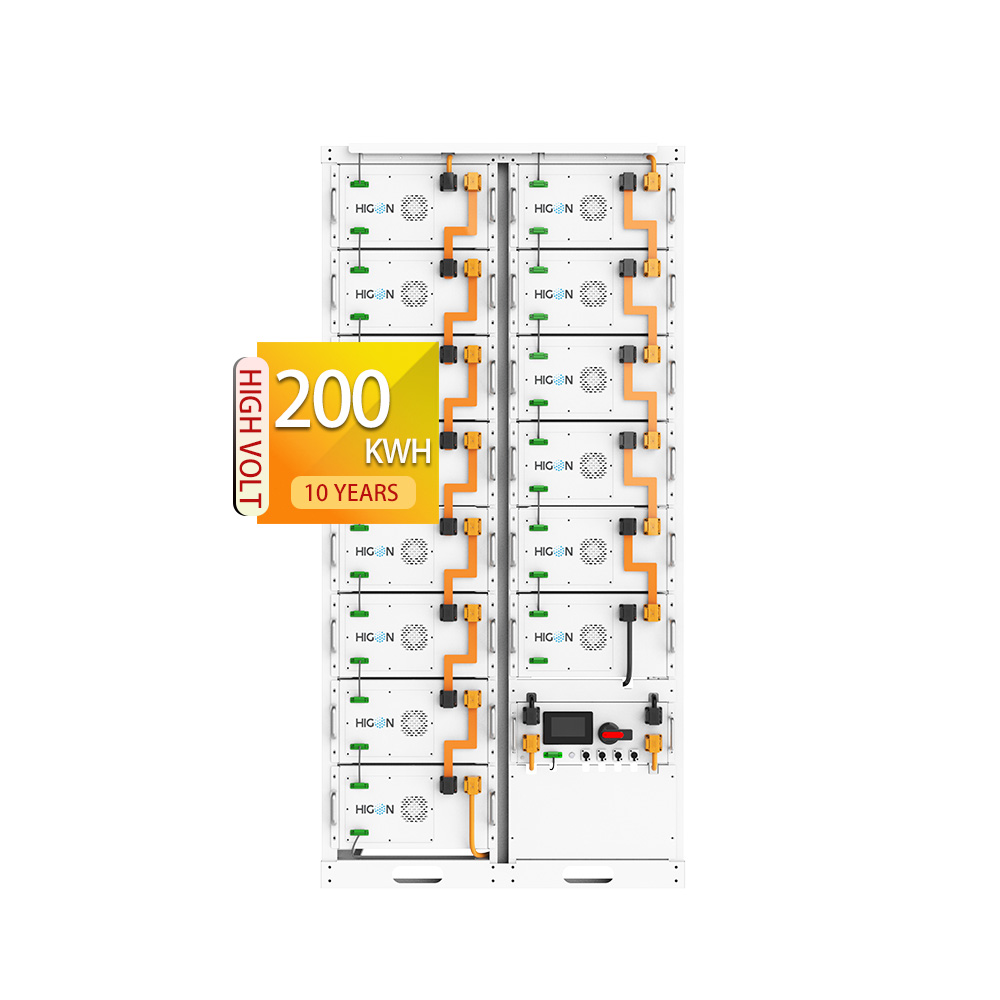
.png)